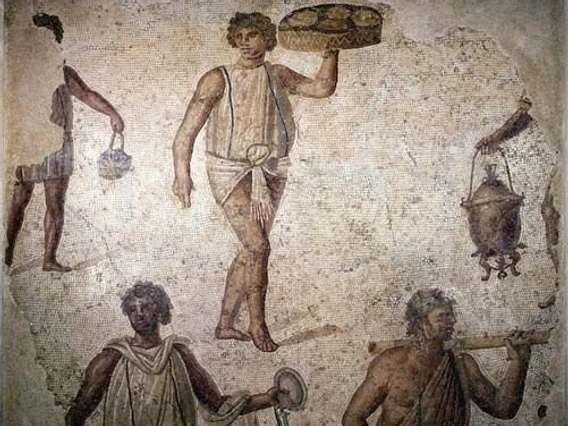
Map of modern Turkey showing the location of Antioch-near-Pisidia
The city where much of this story takes place was one of 16 cities in the eastern Mediterranean region named after king Antiochus I of Syria, who ruled over these lands in the 3rd century BC. Geographic references were commonly used to distinguish one “Antioch” from another. The Antioch in this story was located on the periphery of a mountainous region in south central Asia Minor (modern Turkey) known as Pisidia, so it came to be known as “Antioch-near-Pisidia,” or sometimes “Antioch-toward-Pisidia.”
Antioch-near-Pisidia was different from most of the other Greek cities that populated the countryside of Asia Minor in being a Roman colony. It was founded by Greek colonists in the 3rd century BC, then re-founded as a Roman colony around 25 BC when it came under direct Roman rule. Its citizens were considered citizens of Rome, and it operated according the laws and institutions of Rome, not those of Greek cities. In this sense it was a Roman island in the midst of a Greek sea.
This does not mean, however, that the previous Greek inhabitants were removed from the site. Their power in the city was reduced with the conversion to a Roman form of government, and some of them may have lost farmland when Augustus appropriated portions of the countryside for the veterans whom he settled there. But educated Romans valued Greek culture, so many of the core elements of civic life would have continued on as before. As a result, readers will encounter both Greeks and Romans (and their cultures) during the course of our narrative.

Modern reconstruction of the layout of Antioch-near-Pisidia, based on site excavations
For more the history of this city, which stood on a hilltop near the current town of Yalvaç in central Turkey, see the following links, which also include photos of the excavations there.
The references in the novels to specific locations within the city are based on my own visits to the archaeological site and my reviews of the writings of other experts who have studied the excavations. Every effort has been made to describe the city as it would have looked in the first century AD, excluding features that date from later periods. A substantial amount of historical imagination was required when describing parts of the city that have not yet been excavated (the bulk of the site), but the reconstructions are based on what we know about other Greek cities and Roman colonies.



